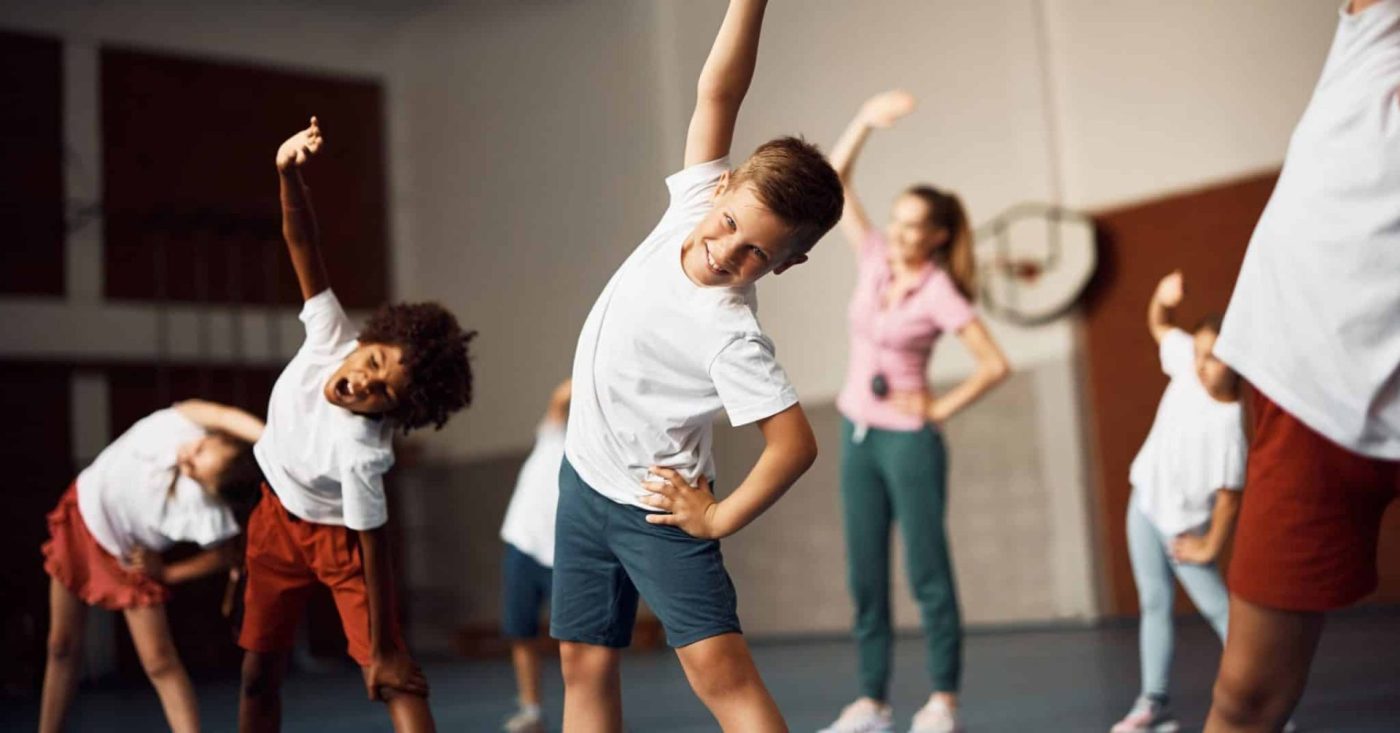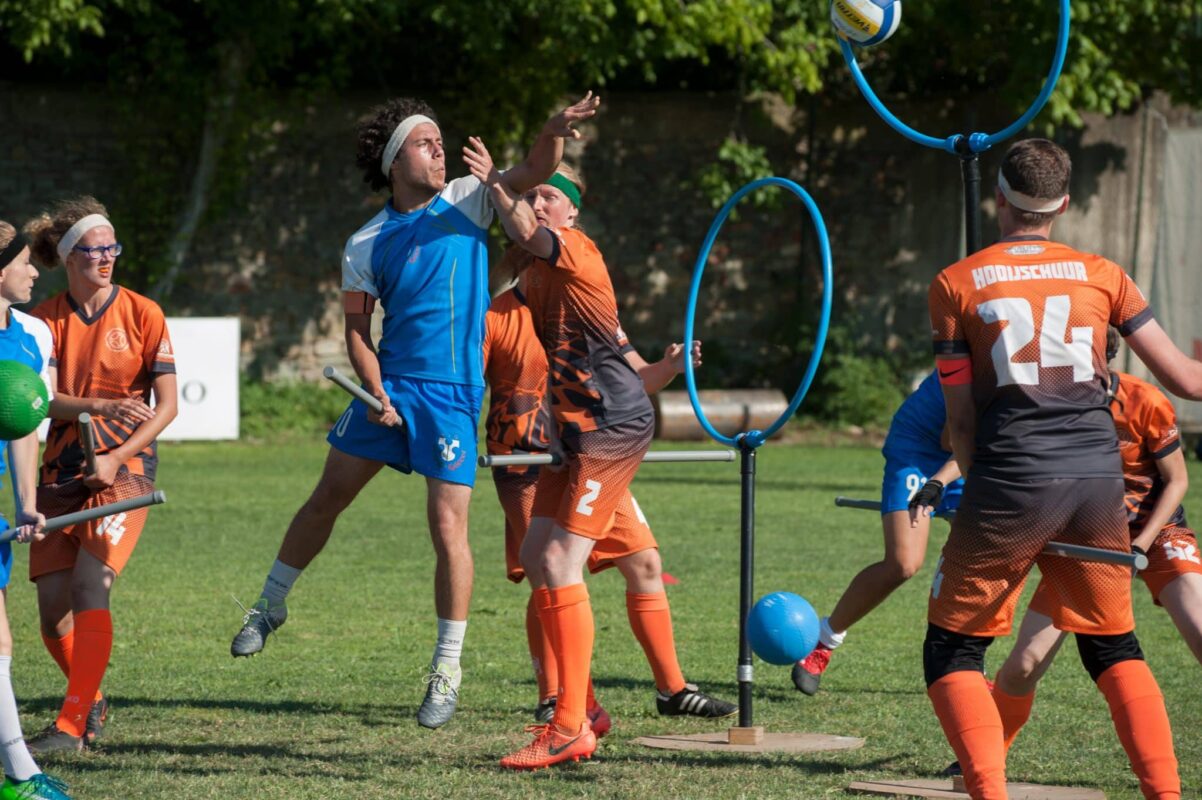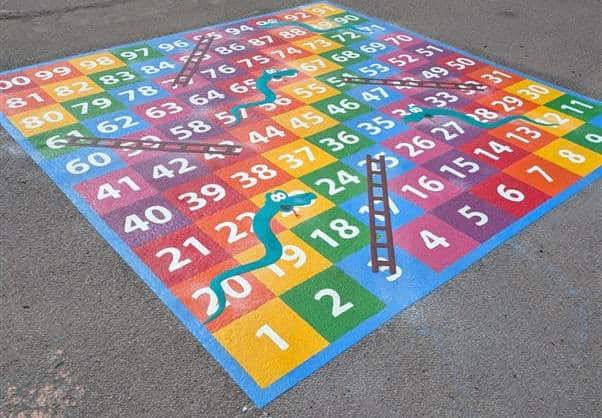It takes a lot to get to the top in gymnastics. The sport is physically intensely demanding in all disciplines and a certain mentality is essential to cope with the long and punishing hours of training, sacrifices in lifestyle and pressure of competition. Desirable physical and mental characteristics and skills include strength, flexibility, tenacity, adaptability, resilience, visual appeal and style.
However, no matter how good your natural talent, a hard floor can make an unpleasant, even lethal, landing – the surface-athlete interaction has been identified as a possible factor that may affect the risk of injury, hence the development of surfaces, mats and supporting products that reflect the qualities of the gymnasts themselves.
Gymnastics was developed by the classical Greeks in the fifth century BC as a means to develop the muscles necessary for hand-to-hand combat. The sport was expanded throughout the Hellenistic period where it transcended military exercise and was incorporated into everyday civilian life, thanks to its inclusion in the Greek Olympics… The modern word ‘gymnasium’ made its first appearance in the Hellenistic Greek period as open-air arenas where gymnasts could practice.
As athletes started to use more innovative and complex equipment, better landing circumstances were required and soft padding for tricky landings and as a training surface was appreciated. As a result, sand pits and hay were used in addition to the hard ground required for landing areas. In the early 1800’s, earthy materials were replaced by soft surfaces like cotton stuffed pads and mattresses. Gradually, crash, tumble, and landing mats were developed for use in high impact areas.
Suddenly a tree began to take centre stage! Just like the gymnasts themselves, natural rubber, tapped from Hevea Brasiliensis growing in Brazil, had already been found to exhibit qualities of durability, traction, adaptability, flexibility, impact absorption, general resilience, versatility and pure style. The English chemist Joseph Priestley gave it the name ‘rubber’ in 1770 when he found it could be used to rub out pencil marks but its major commercial success came only after the vulcanization process was invented by Charles Goodyear in 1839, nicely coinciding with Friedrich Ludwig Jahn’s introduction of the pommel horse, horizontal bar, parallel bar, balance beam, ladder and vaulting horse.
Rubber offered athletes the perfect fitness mat material as it provided a hard and sturdy surface with enough cushioning to protect muscles and joints. Its durability and impact resistance yet comfort are unmatched by other materials. A gymnast looking to achieve that perfect ‘stuck’ landing – flat on their feet in an upright standing position – had the ideal partner in a rubber mat!
Nowadays, rubber still features as a vital component in gymnastic equipment, and for other sports, but design and innovation have moved on to incorporate a huge variety of other materials too for optimum performance. ‘It’s impossible to do the sorts of high-flying tumbling passes that Biles pioneered without advanced flooring technology. Could they do a double back on a regular floor? They’ve done those … in history before spring floors,” Hill, head coach of the U.S. women’s gymnastics team at the 2000 and 2004 Olympics says, “but could they do the double twisting double backs without a spring floor? No, I don’t think so.”
Forget the hard ground landings of the Ancient Greek era or the dubious comfort of the sandpit, hay bale or cotton mattress – Olympic athletes, leisure sports participants, school pupils, yoga enthusiasts and karate kids across the world now have a plethora of matting options to suit every requirement. There is every shape, texture, thickness, composition and colour to suit all eventualities. Hence the ‘Throw In’ mat for the trampoline coach on alert for tumbles from a great height, lightweight designs for primary school pupils to manage or latex-free options so everyone can join in.
Strength, flexibility, nonslip tenacity, adaptability, resilience, visual appeal and style – together, the gymnast and the landing surface have it all!





